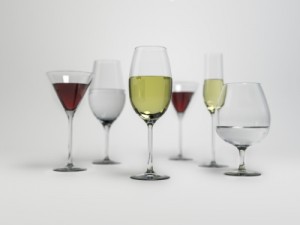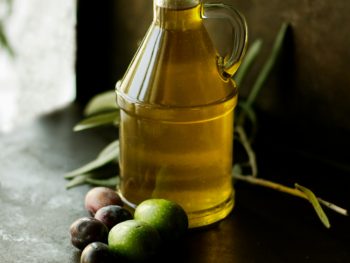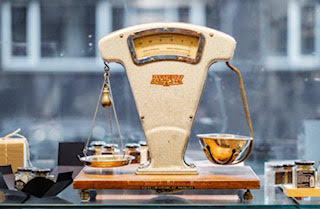Below is my blog for Huffington Post “Portion control made easy for summer.”
You can also read it here.
Summer is here and it’s a perfect time to manage our food portions to help keep our calories under control and our weight in check. As a nutritionist, I am huge fan of portion control and believe that how much we eat is more important than what we eat when it comes to managing our weight.
Below I highlight some of the most recent research findings on portion control to keep you from eating too much this summer.
1. Try a reduced-portion entrée next time you eat out.
Large portion sizes especially in restaurants and take-out eating establishment have helped fuel the obesity epidemic. Large portions contain more calories than smaller ones and may encourage people to eat more calories than they need.
The high calorie content of restaurant meals can also be attributed to the oversize portions we are served. In fact, it is not uncommon for a restaurant portion to often contain over 1000 calories, more than half of the calories many of us should eat for an entire day.
Because we eat more food when we are served more, strategies to help us reduce our portion may help us consume fewer calories and lose weight. A recent study published by University of Minnesota researchers in Public Health Nutrition found that when people selected a reduced-size entrée in a restaurant or work site setting, they consumed fewer calories and also wasted less food. This is certainly a winning combination!
Take home message: Whenever possible, order a reduced-portion entrée or make a meal out of an appetizer portion which is probably more than enough food.
2. Make a fist and use your hand as a portion guide.
For years, I’ve used the “handy method” to help clients assess their portion sizes. As I wrote in my book The Portion Teller Plan, using your hand is a great way to guesstimate how big your portion should be.
After all, when you go out to a restaurant you always have your hand. And, no one wants to go out to dinner and bring along measuring cups and a food scale.
Since so many of us overdo our starch portion (think rice, pasta, and potato), I advise clients and readers to make a fist to enjoy a healthy 1-cup portion instead of banning starch altogether. Want to include meat in your diet, without overdoing it? Think a palm’s worth. And, add lots of colorful veggies to your plate.
Now new research from University of Sydney found that using your hand to estimate your food portion is indeed, a good way to assess how much food is on your plate. The researchers found that finger width used as a ruler to help gauge the food dimensions combined with various geometric formulas of volume and food density factors resulted in an “acceptable accurate” estimate of food weight.
Take home message: While not an exact science and we all have different size hands, taking a look at your hand while you eat, may indeed help you gauge jut how big the portion on your plate should be.
3. Make a nice size smoothie, but keep it thick.
Summer is a time for milkshakes and smoothies. It is important, however, to watch the calories which tend to add up very quickly when you make it with ice cream and syrup. Now, a small yet interesting study conducted by Dutch researchers from Wageningen University found that to feel full, you don’t need a smoothie loaded with lots of calories. The solution, it seems, lies in the consistency of the shake.
Subjects given a frothy low-calorie (and just 100 calories!) milk shake that was thick felt more full than those given a thinner shake containing 500 hundred calories.
Take home message: The thicker and frothier the smoothie, the fuller you will feel. So next time you want a shake, make it with low fat Greek yogurt, lots of fresh fruit (including banana), and add plenty of ice. Not only will you get protein and fiber, but the thickness of this smoothie will keep you feeling full. A yummy summer treat! And, you don’t have to eat a tiny portion.
4. Pour your glass of wine into a smaller goblet.
Who doesn’t love an occasional glass of wine with dinner? The problem of course, is that the calories add up quickly when we use oversize goblets, which is the norm these days.
Researchers from University of Cambridge found that people drank more wine overall when the glass was bigger, even when the same amount was served per glass. A larger wine glass may change our perception of how much wine constitutes a portion, perhaps leading us to drink faster and to order more.
The researchers tracked consumers’ wine purchases from a restaurant over several months. The restaurant alternated between 8-ounce, 10-ounce and 12-ounce wine goblets. The researchers found that when the restaurant used the larger wine glass, they served approximately 10% more wine.
Take home message: Want a glass of wine without excessive calories? Pour it into a smaller goblet and you may end up drinking less.
Have a healthy summer and enjoy a perfect portion of your favorite food and drink.




